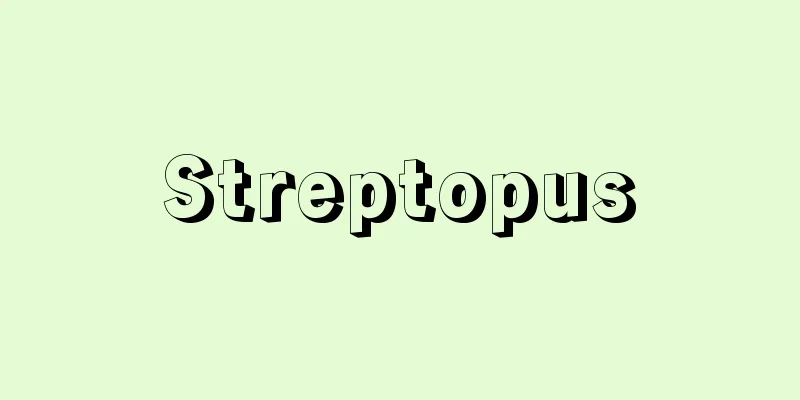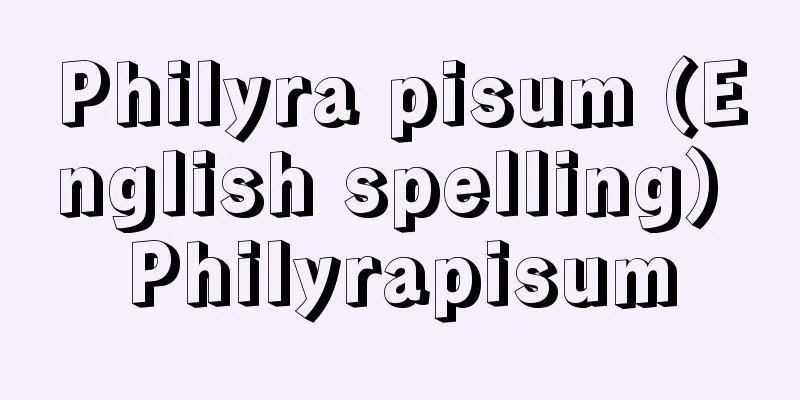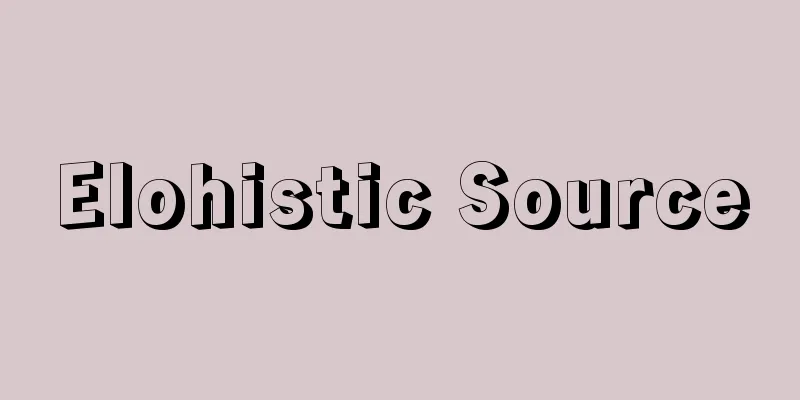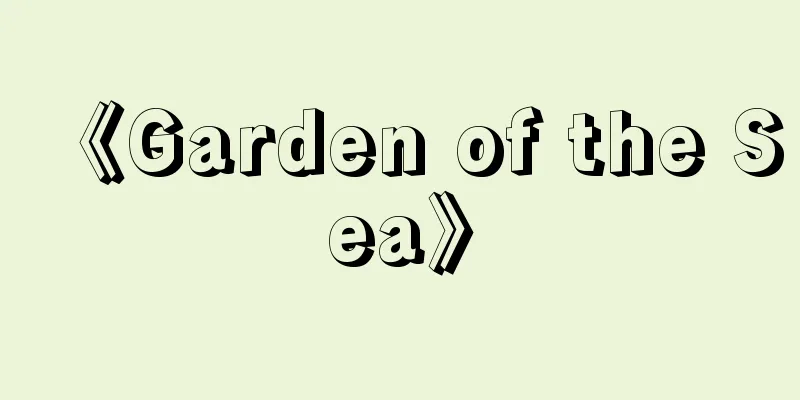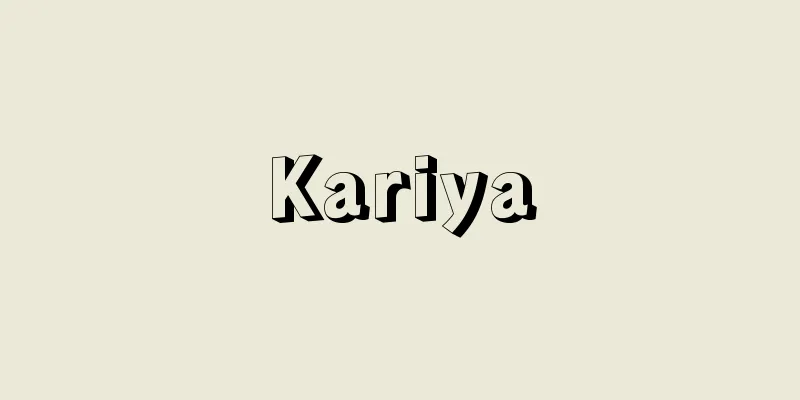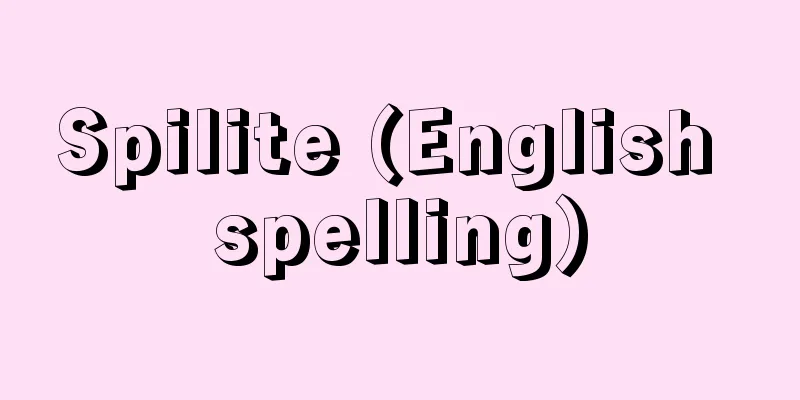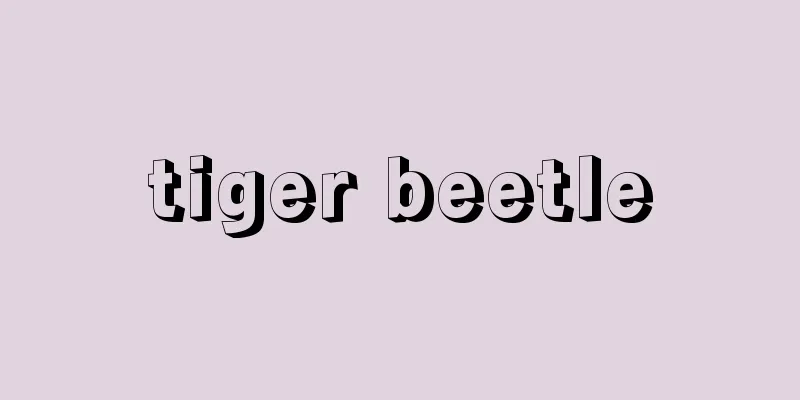Akomeimogai - Akomeimogai
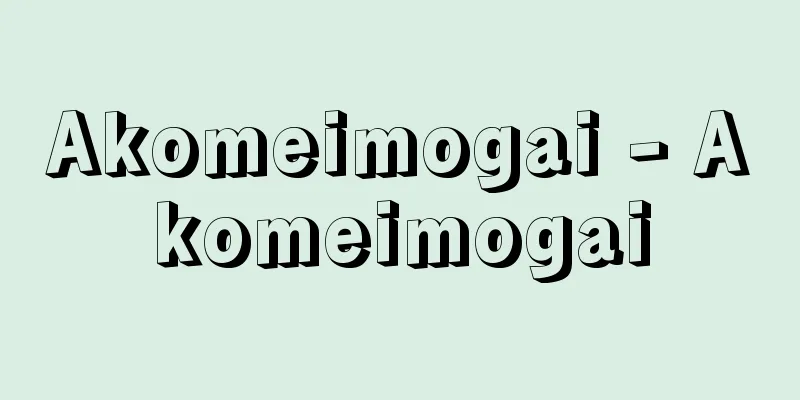
|
…The operculum is usually smaller than that of the mollusks, and some species do not have it. Most live in the intertidal zone or shallow seas in tropical regions, on rocky reefs or on sandy, muddy bottoms, but some species, such as the giant clam Endemoconus sieboldi , live on muddy bottoms at depths of more than 200 m. The mollusks have a row of arrow-shaped teeth in their mouths. … *Some of the terminology that refers to "Akomeimoga" is listed below. Source | Heibonsha World Encyclopedia 2nd Edition | Information |
|
…ふたは通常軟体に比べて小さく,ない種類もある。多くは熱帯地方の潮間帯や浅海の岩礁や砂泥底にすむが,アコメイモガイEndemoconus sieboldiのように水深200m以上の泥底にすむ種もある。軟体には口に1列に並ぶ矢のような形の歯がある。… ※「アコメイモガイ」について言及している用語解説の一部を掲載しています。 出典|株式会社平凡社世界大百科事典 第2版について | 情報 |
Recommend
Charlotte - Charlotte (English spelling)
A commercial and industrial city in southern Nort...
Rolling, BVA (English spelling)
… [Judgment] The results of the verdict are shown...
Krasnaya gvardiya (English spelling)
…It was established by a decree of the Soviet gov...
Container shipping - Container Yuso
The act of loading and transporting cargo in boxes...
Heat of dissociation
The amount of heat required to break down one mole...
Staraya Ryazan' (English spelling)
...Population: 532,000 (1993). The Ryazan Princip...
Yoshimune Kujo
…She was the second daughter of Otani Koson (Myoy...
Trincomalee (English spelling)
A port city in northeastern Sri Lanka. The capital...
Shukkeisha - Shigeisha
[1] Located in the northeastern corner of the Impe...
Oguni Forestry Area
…However, compared to the plains, agriculture and...
Toda tribe - Toda (English spelling)
A minority group living in the Nilgiri Hills betwe...
Camellia rosaeflora - Camellia rosaeflora
... C . cuspidata Wright ex Gard. and C. fraterna...
Izumo no Kuni no Miyatsuko
A powerful clan in Izumo in ancient times. They r...
Lucknow - Rakunau (English spelling) Lucknow
It is the capital of Uttar Pradesh in northern In...
Shinkawa [town] - Shinkawa
This old town is in Nishikasugai County, in the ce...
